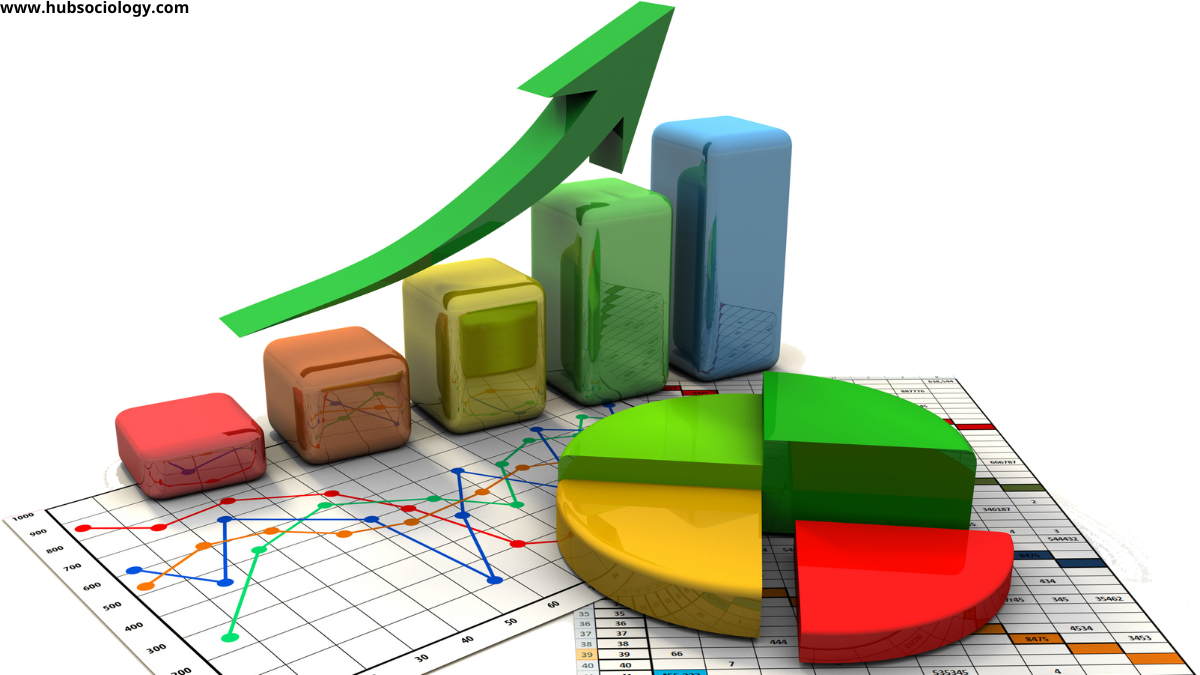Data Privacy and Surveillance: A Sociological Lens
Introduction on Data Privacy and Surveillance In the digital age, data privacy and surveillance have become central concerns in sociological discourse. The rapid expansion of digital technologies, social media platforms, and state surveillance mechanisms has fundamentally altered the ways in which personal information is collected, stored, and utilized. Sociologists examine these developments through various theoretical … Read more





